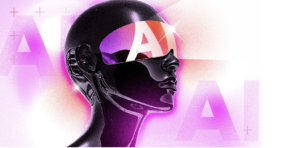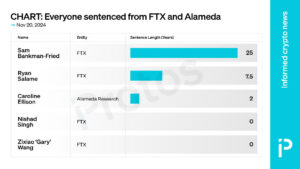Blockchain 3.0 is the final developmental stage of blockchain technology, which predicts global, institutional and enterprise adoption.
Blockchain technology has been a global phenomenon since the introduction of the Bitcoin whitepaper in 2008. At first, the technology was focused exclusively on the creation of various cryptocurrencies. However, as software developers and engineers started exploring the capabilities of blockchain technology, numerous new applications arose. With Blockchain 3.0, developers are looking for ways to seamlessly integrate the technology across different industries to optimize their performance.
Blockchain technology has the potential to completely turn around the way companies handle data and other sensitive information. The applications of distributed ledgers and blockchains are virtually limitless, and Blockchain 3.0 is the generation where this technology will be widely incorporated into our daily lives. In terms of applications, there are several industries where blockchain tech has already made revolutionary changes. For example:
These are just a few examples of revolutionary applications for blockchain technology outside of cryptocurrency and financial systems. Blockchain 3.0 focuses on creating solutions for services and industries outside the world of economics. This final evolutionary stage of the technology is dedicated to transcending the purely financial application of DLT and introducing new approaches to data management. Of course, the global adoption of blockchain technology will happen gradually as more private parties start developing customized blockchain solutions for different industries. Even so, we are already witnessing the revolutionary power of Blockchain 3.0. The journey towards global adoption began with the introduction of cryptocurrency, then came smart contracts and DApps, and now blockchain is taking over optimizations in numerous industries.
Of course, blockchain technology is not completely flawless, and one of the main focuses of Blockchain 3.0 projects is to polish and improve the technology itself. Concerns like the energy consumption of proof-of-work (PoW) systems have been coming to the forefront, so now developers are working on alternative consensus mechanisms to reach better scalability and efficiency for blockchains.




